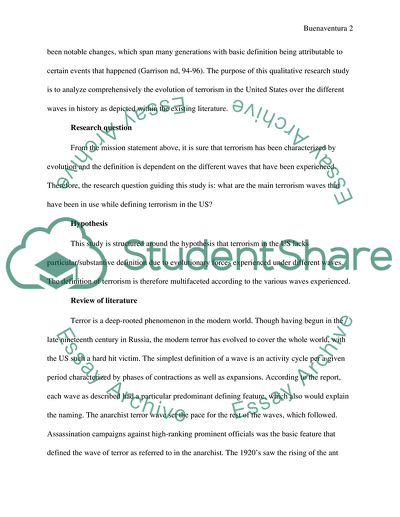Cite this document
(“Terrorism Waves In America Research Paper Example | Topics and Well Written Essays - 3750 words”, n.d.)
Retrieved from https://studentshare.org/miscellaneous/1622980-terrorism-waves-in-america
Retrieved from https://studentshare.org/miscellaneous/1622980-terrorism-waves-in-america
(Terrorism Waves In America Research Paper Example | Topics and Well Written Essays - 3750 Words)
https://studentshare.org/miscellaneous/1622980-terrorism-waves-in-america.
https://studentshare.org/miscellaneous/1622980-terrorism-waves-in-america.
“Terrorism Waves In America Research Paper Example | Topics and Well Written Essays - 3750 Words”, n.d. https://studentshare.org/miscellaneous/1622980-terrorism-waves-in-america.


